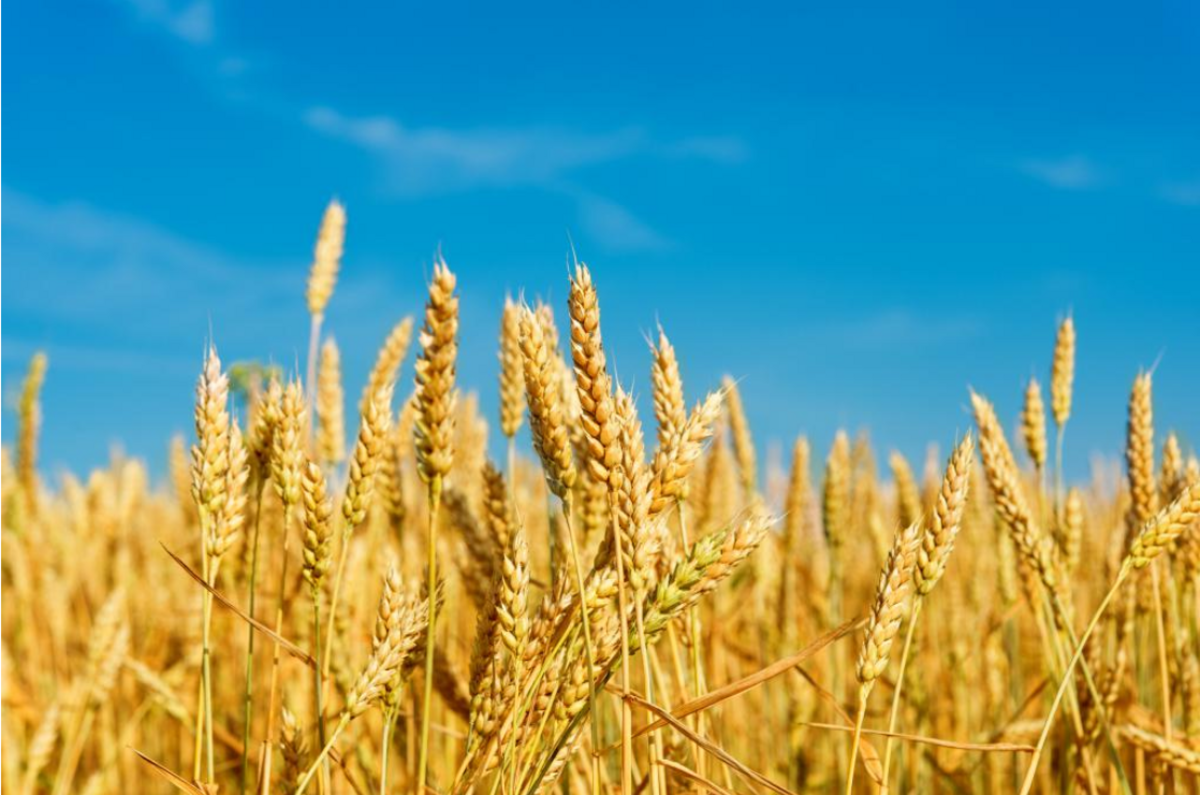An international team of researchers analysed the effects of lower emissions of air pollution during the COVID-19 lockdown on crop production.
The largest estimated increases in wheat yields were found in China and South Korea.
In Europe, these increases could be between 2-3 % in Northern EU countries and up to 7 % in Southern EU countries, mostly caused by changes in ozone in countries outside of Europe.
The study analysed observations of global nitrogen dioxide (NO2) recorded by the TROPOspheric Monitoring Instrument (TropOMI) on the Copernicus Sentinel-5 Precursor satellite. It has been published in the Philosophical Transactions of the Royal Society.
During a 3-month period (March, April, and May) the satellite revealed steep declines in NO2 ranging from 10% to 30% in polluted regions of Europe, North America and Asia.
This drop in NO2 is directly linked to the big drop in land transportation, industry and power generation, shipping and aviation during the lockdown.
Starting with the NO2 observations, the authors used the JRC’s TM5-FASST model to estimate the impacts of reduced NO2 emissions on ground-level ozone (O3). O3 is a noxious pollutant at lower altitudes and its reduction can significantly benefit the environment and human health.
TM5-FASST calculates O3 and other air pollutant concentrations in response to emission reductions in a variety of sectors (land, air, sea transport, industrial and energy production emissions), in individual states or macro regions.
It also accounts for the transport of ozone and its precursors at hemispheric level, and the impacts on human health and plants.
The estimates show an O3 reduction from a few parts per billion (ppb) in Europe and up to 12 ppb in East Asia.
For the agricultural sector and specifically for wheat production, TM5-FASST calculated a yield improvement ranging from 2% to 8% as a consequence of the lockdown-related ozone reduction.
These estimates strongly depend on the total emission reductions during the lockdown, but also on the O3-crop impact models used.
Therefore, the indicative numbers in this publication served to alert the research community of the unique opportunity offered by this sudden period of lower emissions to improve models and exposure-response relationships of ozone damage to crops, and to set out the research agenda towards this goal.
